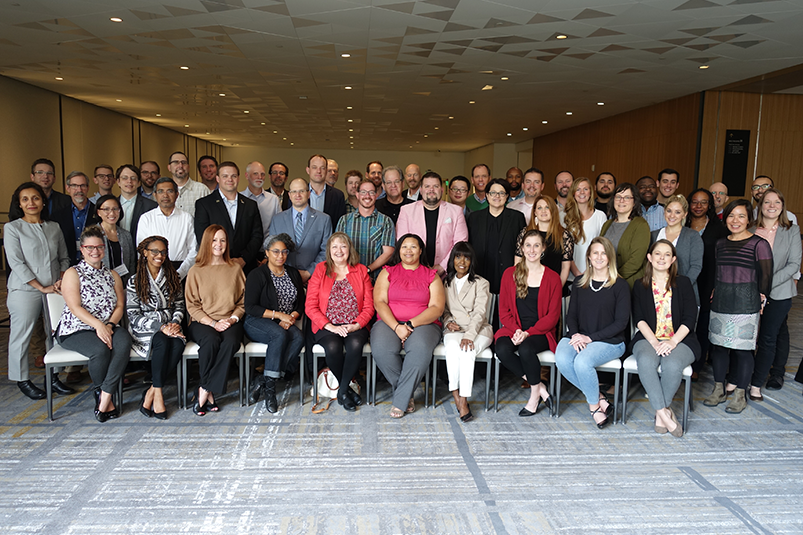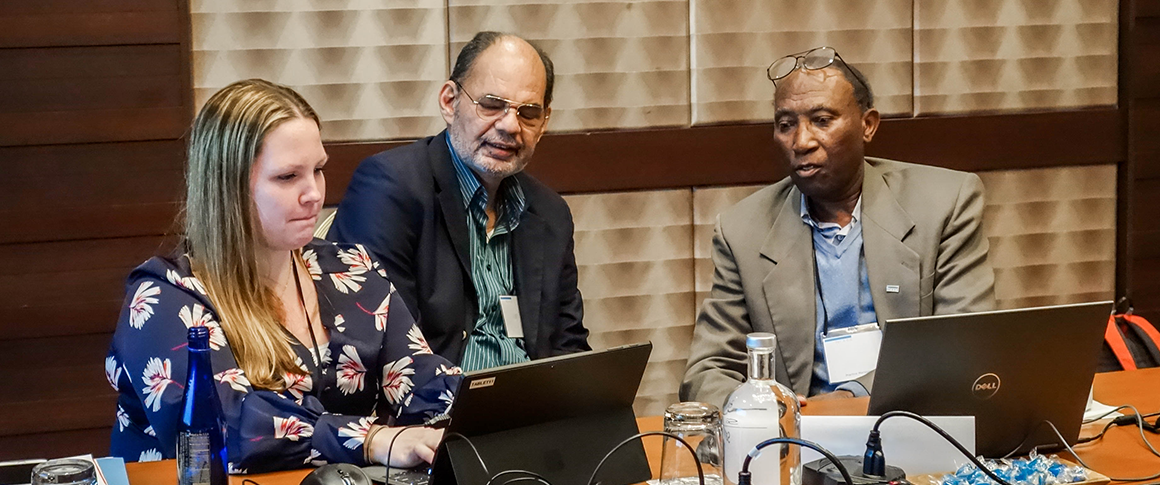While many candidates have familiarized themselves with NCARB’s study resources and tools for the Architect Registration Examination® (ARE®), some are still left with questions about the content and development of the exam. So, we thought we’d share a little more on the “who, what, and how” behind the ARE.
The ARE is developed and maintained by NCARB, but also supported by the efforts and collaboration of many other contributors to this professional licensure exam.
Volunteers

Each year, over 100 architects from around the country give back to the architecture profession by volunteering for NCARB’s examination-related committees. Some of these volunteers are recently licensed architects, others have extensive professional experience, and the rest fall somewhere in between. They all offer their time, knowledge, and expertise to ensure the exam accurately reflects architectural practice. As committee members, they meet various times throughout the year to write, develop, and review case studies and test questions—also known as items. They also receive extensive training in the components of test development, including cognitive levels, item types, and congruence.

Get Testing Tips from ARE Candidates
oin the ARE Community to connect with other exam candidates and NCARB experts on our official forum. Find answers to your frequently asked questions, get test-taking tips, or join a study group with your peers.
Where do these questions come from? Our volunteer architects draw from their own experiences, as well as established industry-standard publications. In fact, all of the case studies on the ARE are based on real-world projects that our architects have worked on—providing our test-takers with actual scenarios and resources for the exam.
Psychometricians
Psychometricians, or those who master the science of measuring and testing the validity of exams, are essential to the development of the ARE. They provide us with guidance throughout all stages of the development process, including writing and evaluating items, assembling test forms, and monitoring the health of the exam. It’s critical for the exam to be legally defensible, which means it accurately and fairly assesses each candidate’s knowledge, skills, and abilities. With the assistance of psychometricians, we are ensuring the exam follows best practices within the testing industry.
NCARB Staff
While our volunteers are creating exam content, NCARB’s Examination team also plays a vital role in the ARE experience. The Examination Department manages all aspects of exam development and operations. We typically serve as liaisons to committees, train volunteers, and facilitate several meetings. We also make it a priority to partner with other NCARB departments to address test-related inquiries from both candidates and state licensing boards, as well as collaborate with psychometricians and other testing partners as we aim to make continuous improvements to the exam.
ARE Candidates
You also contribute to the development of the exam! To help determine the validity of newly written items, we typically include 6-9 “pre-test” items (that do not count toward your score) in each division. Once we collect data on these items, we can determine if they should become scored items or not. If an item performs poorly, we’ll work with our volunteers and psychometricians to assess whether the item needs to be improved and pre-tested again, or if it simply needs to be deleted. Items that perform well continue to be used on the exam, with a new “scored” status.



